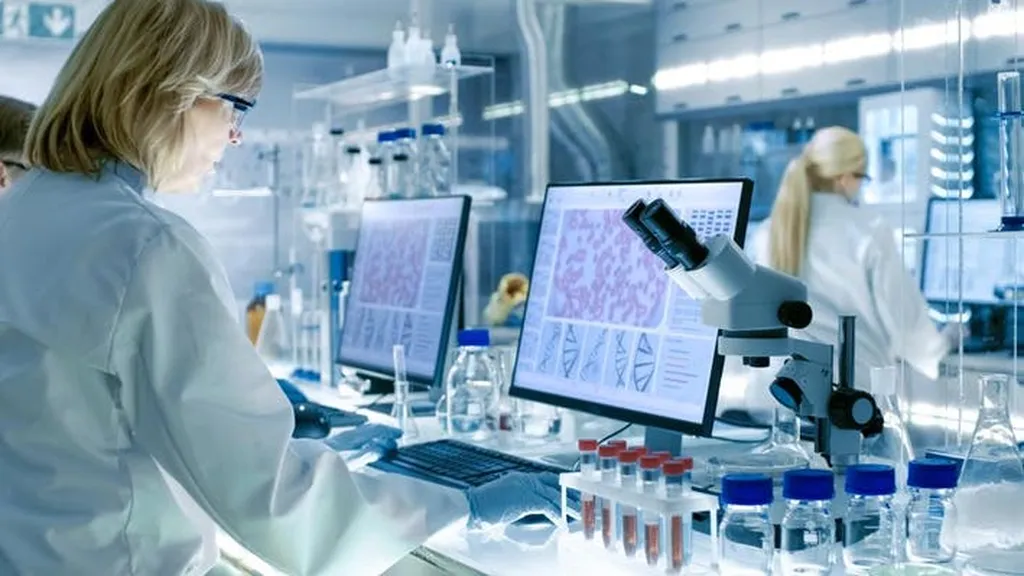In the heart of Tennessee, a groundbreaking study led by Rajesh Gund from the University of Tennessee’s Department of Biosystems Engineering & Soil Science is reshaping our understanding of smart agriculture. The research, published in the journal *Agriculture* (translated from the Latin as “Farming”), delves into the transformative potential of digital twin technology, offering a roadmap for enhancing productivity, sustainability, and resilience in global agriculture.
Digital twins, virtual replicas of real-world systems, are not a new concept. However, their application in agriculture is rapidly evolving, and Gund’s bibliometric review sheds light on the trends, gaps, and future directions of this multidisciplinary field. “Digital twins are revolutionizing the way we monitor, simulate, and optimize agricultural processes,” Gund explains. “They are the virtual replicas of real-world farming systems, continuously updated with real-time data, enabling us to make data-driven decisions.”
The study reveals an exponential growth in publications since 2018, with an annual growth rate of 27.2%. This surge in research activity is driven by the integration of core technologies like sensors, artificial intelligence, and data analytics. “We’ve seen a shift from task-specific tools to integrated, system-level approaches,” Gund notes. “This transition underscores the growing need for adaptive, data-driven decision support in agriculture.”
The research identifies seven major research theme clusters: precision farming, Internet of Things (IoT) integration, artificial intelligence, cyber–physical systems, controlled-environment agriculture, sustainability, and food system applications. These themes highlight the broad impact of digital twins, from optimizing crop yields to enhancing supply chain efficiency.
One of the most compelling aspects of this research is its potential to drive commercial impacts in the energy sector. As agriculture becomes more data-driven, the demand for energy-efficient solutions will grow. Digital twins can help optimize energy use in farming operations, from irrigation systems to greenhouse climate control. “By leveraging digital twins, we can create more energy-efficient farming practices,” Gund suggests. “This not only benefits the environment but also reduces operational costs for farmers.”
The study also identifies emerging interests in climate resilience, renewable-energy integration, and supply-chain optimization. These areas present significant opportunities for innovation and investment. “The future of agriculture lies in its ability to adapt to changing climates and optimize resource use,” Gund says. “Digital twins are a powerful tool in this adaptation process.”
As we look to the future, the insights from this bibliometric review offer a strategic roadmap for researchers, investors, and policymakers. By understanding the current trends and gaps in digital twin technology, we can better leverage this technology to improve productivity, sustainability, and resilience in global agriculture. “This review provides a comprehensive overview of the field,” Gund concludes. “It’s a call to action for continued research and collaboration in this exciting and rapidly evolving area.”
In the ever-evolving landscape of smart agriculture, digital twin technology stands out as a beacon of innovation. As we navigate the challenges of feeding a growing population while minimizing our environmental impact, the insights from this research will be invaluable. The journey towards a more sustainable and resilient agricultural future starts here, with the power of digital twins guiding the way.

